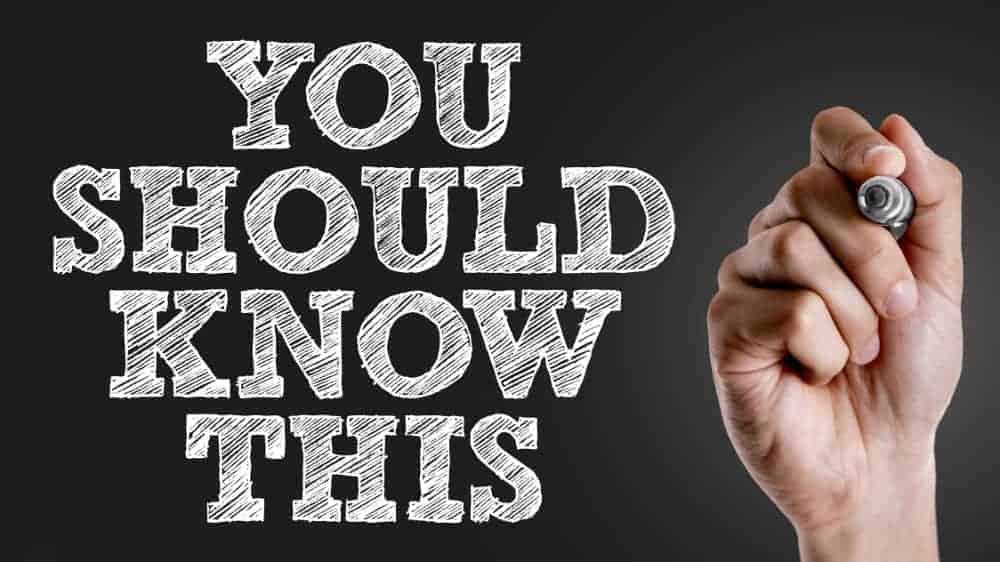If you’re formerly self-employed and now unemployed due to COVID-19, you may be eligible to get the Canada Recovery Benefit (CRB). Paying $1,000 every two weeks (less a small withholding tax), it’s one of the most generous CERB replacements available.
However, there’s a catch:
The Canada Revenue Agency may demand that you pay back your CRB. And it’s a lot more likely to actually happen than it was with the CERB. In this article, I’ll be explaining how that could happen–and what to do about it.
Income threshold
The CRB is income tested, with the maximum income for full benefits being $38,000 a year. If you go over that threshold then you have to pay back $0.50 for every additional dollar earned. So, for example, if you earned $40,000, you’d have to pay back $1,000 — that is, 50% of $2,000–the amount you earned over the threshold.
In this respect, the CRB is much stricter than the CERB was. With the CERB, there was always a possibility of having to pay back the benefit if you were determined to be ineligible. But there was never automatic repayment the second you passed a pre-determined income threshold. So, with the CRB, you really need to watch how much you earn. A dollar over $38,000 could get the CRA knocking.
How to avoid having to pay back your CRB
The best way to avoid having to pay back your CRB is to avoid taking it if you can. Especially if you think you’ll only need it for a short period. If you receive just one CRB cheque ($1,000), then go back to work and earn $40,000 by the end of the year, you’ll have to pay back the entire thing. Unless you are truly unemployed with no prospect of going back to work, the CRB could come back to bite you. If your income even at full time hours is less than $38,000, though, you may be in a better position.
Have savings? Consider this
If you want a little extra cash during the pandemic and have some savings, you could consider investing. Unless you have a lot of savings, you probably won’t get to $2,000 a month. But you could build up a tax-free income stream in a TFSA, and pay no taxes on whatever you earn.
Let’s imagine that you held $50,000 worth of Enbridge Inc (TSX:ENB)(NYSE:ENB) shares in a TFSA. Enbridge is a dividend stock that sports a whopping 9% yield at today’s prices. That means you get $4,500 back in cash annually on every $50,000 invested — a sizable cash bonus that could grow over time. Enbridge has a long track record of raising its dividend, which could continue into the future. If the dividend doubled, then you’d get $9,000 in annual cash back. And it would all be tax free if you held your shares in a TFSA.
That’s not to say that you should put all of your savings in a stock like Enbridge, however. As always, diversification is key. But as the example above shows, just $50,000 invested at a high yield could generate a nice little cash bonus that could come in handy in future crises.










